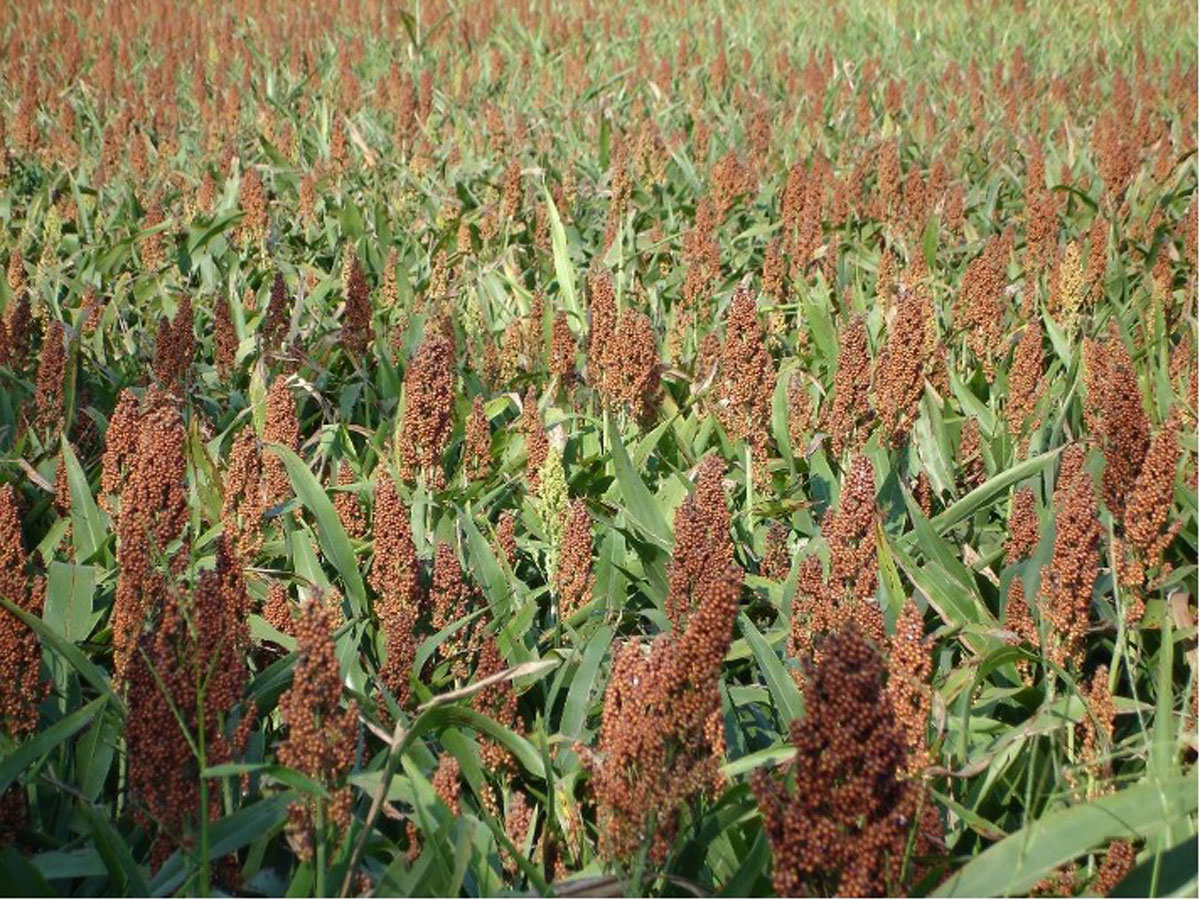Major foreign aid institutions have long been criticized for emphasizing big-money projects over more cost-effective, smaller-scale approaches toward fostering human potential. Much aid has gone towards high-cost urban infrastructure, which has in some cases been under-utilized and created debt burdens.
When major aid agencies do spend on farming, the money tends to go towards a small number of global staples that dominate food systems, especially rice, wheat, maize, and soybeans. These crops aren’t necessarily adapted to local conditions, and often provide insufficient nutritional content or market value to sustain livelihoods on small land holdings. However, some in global development policy circles are starting to have a change of heart.
One notable example of this potential shift in thinking is the US Department of State’s Vision for Adapted Crops and Soils campaign, or VACS. Grow Further is among the first 9 companies and organizations designated as VACS Champions for our commitment to a new approach, one that focuses innovation on agroecology and the needs of smallholder farmers.
From the “big four” to the “opportunity 20”
After promoting the cultivation of four main staple foods through higher-yielding, pesticide-resistant varieties, the US government has come to realize that it has a problem: these crops are potentially vulnerable to climate change. As average global temperatures rise, climate conditions are turning hostile against maize and rice in particular. Monoculture farming may be efficient, but agricultural science is increasingly coming to find that it is not necessarily resilient to the effects of global warming. VACS was launched to get things moving in a different direction.
“This is the beginning of a movement.”
VACS aims to advance smallholder agriculture in ways that adapt smaller-scale farms to climate change while enhancing soil conditions. The program focuses on so-called “orphan” or forgotten foods and pays special attention to interventions that can improve soil without relying on expensive inputs like chemical fertilizers. Last month Dr. Cary Fowler, the State Department’s special envoy for global food security, participated in a webinar covering two new published reports on VACS. It’s a good time to take the project’s temperature, he said.
“VACS was launched about a year ago with FAO and with the African Union in the belief that sustainable food security requires fertile soils and adapted crops,” Fowler said. That means emphasizing none of the big four crops, but rather “crops that are adapted to the environment, crops that are adapted to climate change, crops that are adapted and improved for smallholder farmers, and of course for the market.”
The first report identifies 20 opportunity crops as the first cohort. Many of this newsletter’s readers will recognize some of these crops as they’ve been featured in past Grow Further newsletter editions. The list includes finger millet, pigeon pea, green gram, teff, sorghum, cowpea, and the Bambara groundnut, currently the subject of a Grow Further-funded research project.
African eggplant, sesame, sorghum, okra, yam, taro, sweet potato, and more are also included. These 20 important but underutilized opportunity crops were singled out for VACS research because they are more likely to be grown by women smallholder farmers who carry a long tradition of cultivating these crops in much of sub-Saharan Africa. These traditional foods are also highly nutritious, Fowler emphasized. “Nutrition is at the heart of the VACS movement,” he explained. The list also represents the State Department’s newfound interest in promoting food security through more diverse agriculture—these opportunity crops include not only cereals but also legumes, tubers, roots, nuts, oils, seeds, fruits, and vegetables.
Nutritious and resilient
The second report offers profiles of these 20 potentially game-changing crops. In particular, it shows how VACS-affiliated scientists have used artificial intelligence-powered modeling to get a sense of how well these foods might stand up to climate change.
During the webinar, NASA climatologist Cynthia Rosensweig presented the results of this modeling exercise. You may recognize this name—Rosensweig was named the 2022 recipient of the World Food Prize for her investigations into the effects of climate change on agriculture. The 20 opportunity crops were investigated alongside more dominant, conventional crops “to assess how the productivity of these crops may fare under a range of climate change scenarios,” she said.
Rosensweig said the results from the modeling experiments are so far very promising. “Opportunity crops were the most resilient to climate change,” while major staples like maize were found to be among the least resilient over time, she noted. “We are working on embedding the nutrients in the crop models right now,” she added. Both VACS and Grow Further aim to both improve the climate resiliency of smallholder farms and enhance food security through better nutritional outcomes.
Billions of dollars will continue to flow toward research and development covering the “big four” food staples. The advent of VACS, however, may signal a change in mood. If successful, VACS could inspire the major aid agencies to devote more attention to forgotten foods and smaller-scale innovations that could result in major food security gains when scaled up. “This is the beginning of a movement,” Fowler said.
— Grow Further
Photo credit: Sorghum was chosen as one of the VACS program’s 20




